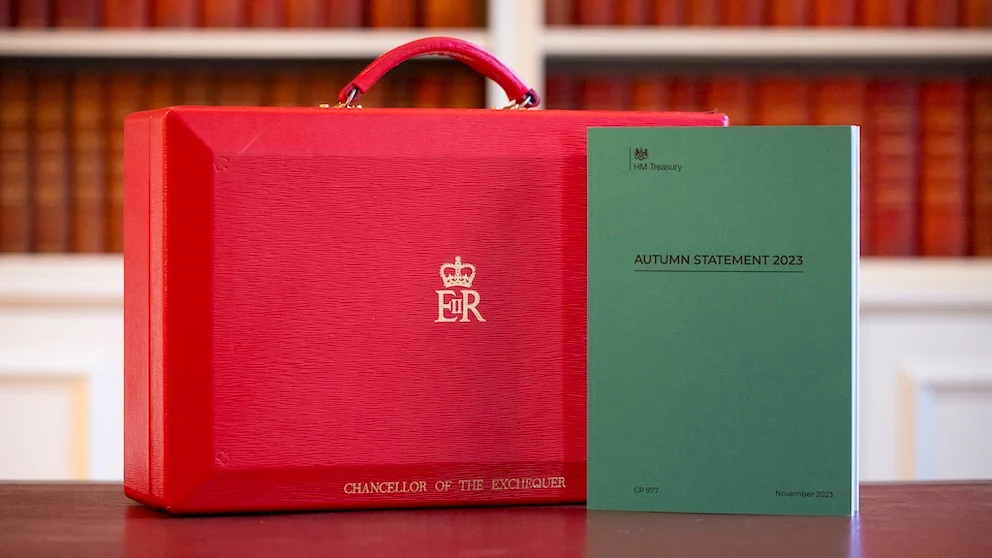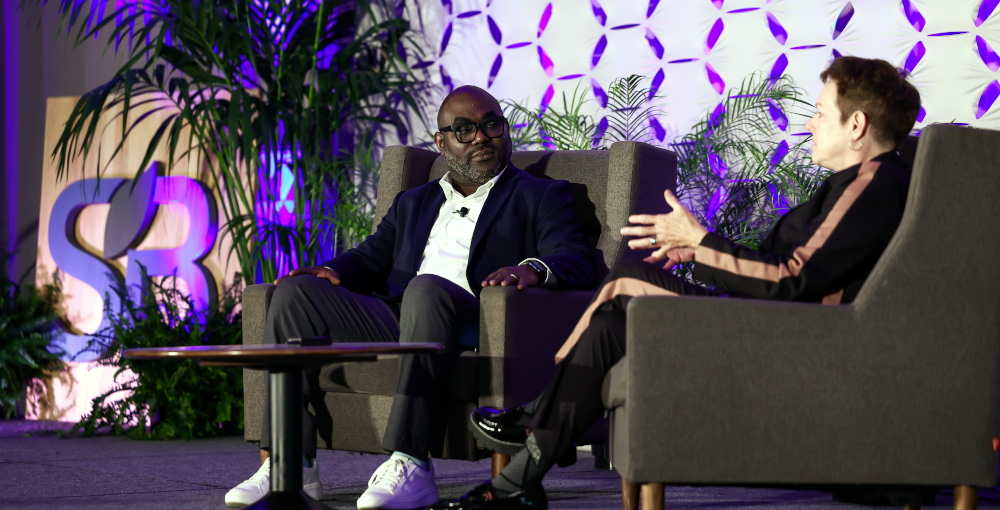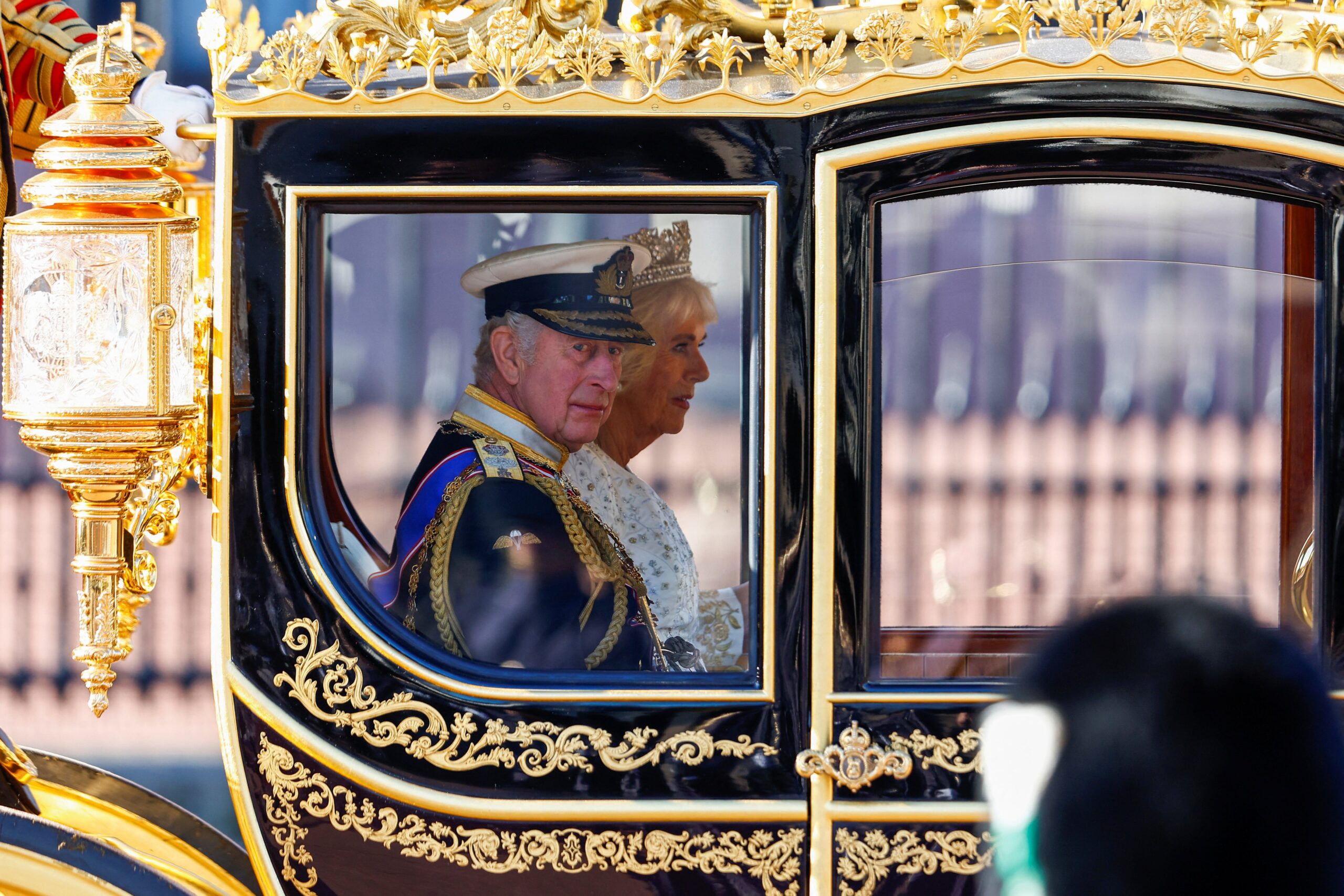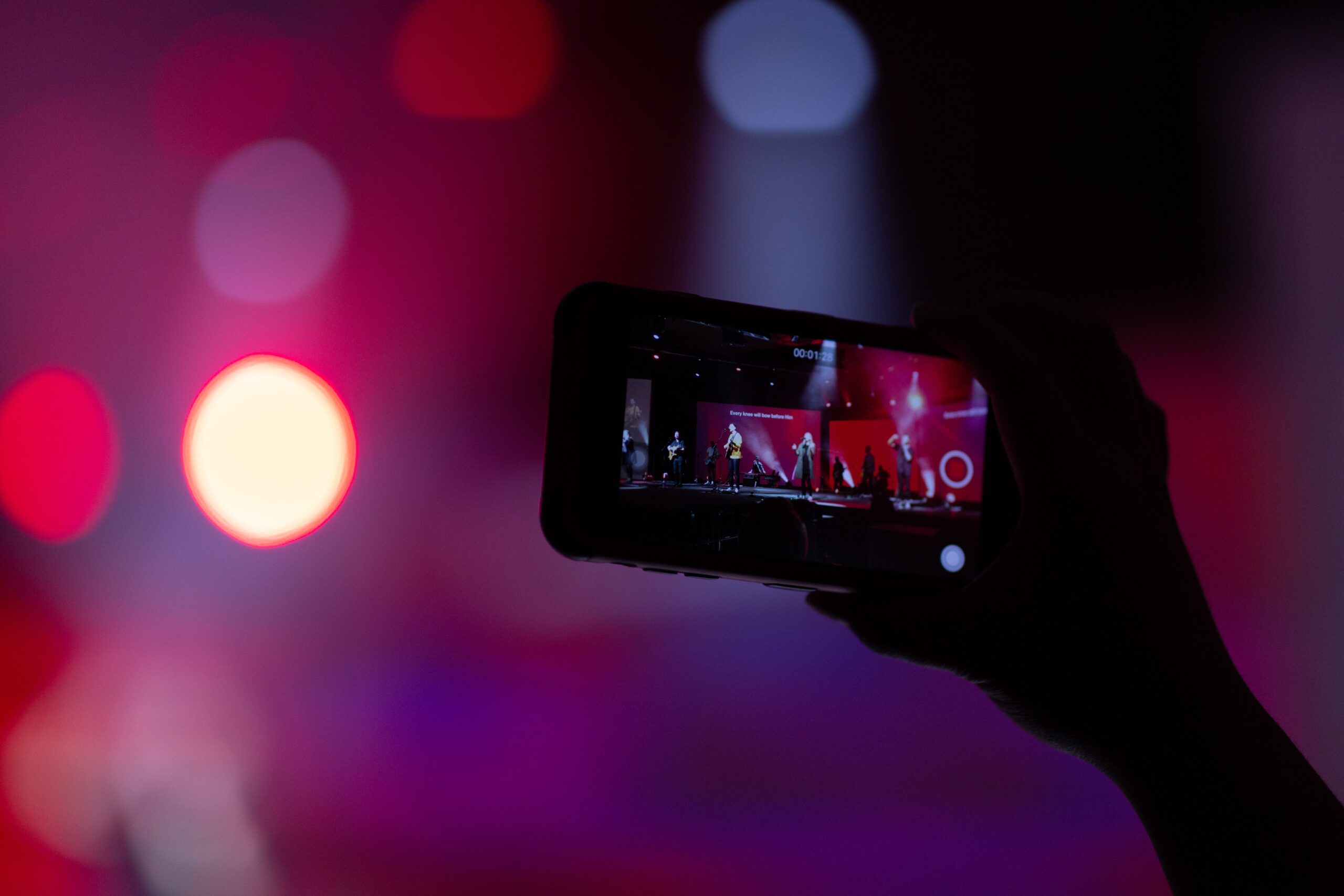DEI workplace efforts have proven to be a complicated subject. In 2020 and 2021, DEI roles increased by 55% following demands for broader racial equity and justice after George Floyd’s murder. In 2020, the global market for DEI—that is, dollars spent by companies on DEI-related efforts such as employee resource groups (ERGs)—was estimated at $7.5 billion and is projected to more than double to $15.4 billion by 2026. And a LinkedIn study found that chief diversity and inclusion officer positions grew by 168.9% from 2019 to 2022.
But progress has slowed, and in some places, halted. In February of 2023, survey findings showed that diversity roles across corporate America were disappearing at a rapid pace. The survey revealed that companies were disproportionately eliminating DEI leadership roles.
Since the February report release, the landscape of corporate DEI work in the United States is rapidly changing. With the exodus of major DEI leaders in the entertainment and tech industries coupled with the impact of the limiting affirmative action and discrimination rulings by the Supreme Court, top US executives are making decisions about their commitment to DEI. Conversations include limiting health care coverage for same-sex couples, eliminating leadership, development, and recruiting programs aimed at diverse employees, and reducing funding for DEI programming.
While opinions about DEI vary considerably, a majority of employed U.S. adults believe focusing on increasing DEI at work is a good thing. A CNBC-SurveyMonkey Workforce Happiness Index found nearly 80% of those surveyed said they want to work for a company that values diversity, equity, and inclusion issues, and a third said their companies are doing “a lot” of work on this area. They found that workers who are satisfied with their company’s efforts on DEI issues are happier with their jobs. They are more likely than others to say that they have good opportunities to advance their careers, and they are more likely to feel like they are paid well for the work they do.
A recent study showed that Gen Z expects a diverse workforce. More than half of the respondents said they wouldn’t apply to a job at a company that lacked diversity and about half of respondents said they would leave a job if it did not meet their expectations for social justice or equity. This means companies need to not only talk about their DEI commitment but show their commitment in their policies, practices, and hiring.
But employers can’t offer a one-size-fits-all program and think it will work. Pew Research shows that Black workers are more likely than those in other racial and ethnic groups to say their employer pays too little attention to increasing DEI. Employees want considered, nuanced solutions, ready-made for their unique circumstances. Those off-the-shelf strategies speedily put into place in 2020 – while important and necessary in their moment – need to evolve to continue to resonate with stakeholders. Understanding the unique employee journey of each of your employee groups is a key step to providing the most valuable resources, learning, and development they need to be successful and thrive.
So, we know people want more diverse and inclusive workplaces, but their expectation for what that looks like is evolving – and an organization’s DEI strategy should evolve in kind. “We know that for Gen Z, good intentions are not enough,” said Lindsey Pollak, Workplace expert and author. “They want proof that prospective employers’ practices align with their values.” They’re looking for alignment between what an organization says and what an organization does. At Porter Novelli, we call this the Say/Do gap. To close it, we work with companies to look at their policies, practices, procedures, and operations models to ensure they are aligned with their DEI aspirations and goals.
This often means going beyond PRIDE, International Women’s Day, and Black History Month and taking a more global, holistic view of DEI, one that is inclusive of religious holidays and observances like Holi, Eid, or Purim. Ultimately, this isn’t about celebrating every occasion – it’s about knowing which occasions matter most to your stakeholders and tailoring your strategies to fit. You don’t want to miss opportunities to celebrate or recognize your employees or customers. And you don’t want your DEI efforts to feel like box-checking either. DEI is only a worthwhile investment if it reflects a real attunement with customers and employees – structural, rather than superficial commitments.
Those structural commitments can take the shape of workplace initiatives that advance diversity overall. From conducting outreach to diverse colleges, establishing employee resource groups, creating sponsorship programs, and implementing family-friendly or neurodivergent policies like nursing rooms or quiet centers and flexible work options — these operationalize DEI aspirations into real world experiences for workers.
The creation of an inclusion culture allows for “psychological safety” across all identities, ethnicities, races, and abilities — even historically dominant groups. By advancing an allyship culture, we encourage empathy and acceptance of a wide range of lived experiences. This is real inclusion and moves companies closer to the values alignment Gen Z employees are demanding in previously mentioned research. They are looking for evidence that individuals can experience a sense of belonging that allows for authentic self-expression. They expect to see a diverse set of leaders at every level of the organization.
We are living in a time of rapidly changing demographics and societal norms. Corporate DEI programs that foster inclusion and belonging for a widely diverse workforce are the ones that will thrive into the future.

















